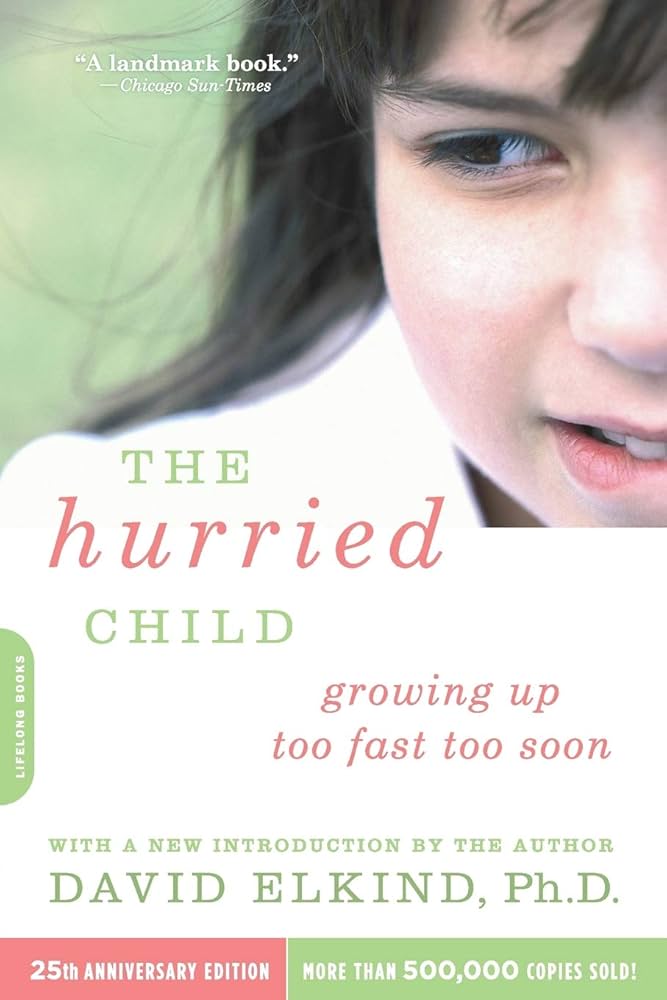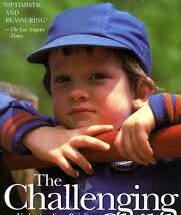
The Hurried Child by David Elkind: An In-Depth Analysis
In today's fast-paced world, children are often pressured to grow up too quickly, a phenomenon that David Elkind explores in his seminal work, The Hurried Child. This article delves into Elkind's insights, presenting a comprehensive analysis of the book and its implications for modern parenting.
Understanding the Concept of "The Hurried Child"
Elkind's concept of the hurried child refers to the societal pressure placed on children to adopt adult roles and responsibilities prematurely. This premature adultification can lead to a range of developmental and psychological issues.
The Impact of Hurrying on Child Development
According to Elkind, hurrying children through their developmental stages can have significant adverse effects. These include:
| Impact | Description |
|---|---|
| Stress and Anxiety | Increased pressure leads to heightened stress and anxiety levels. |
| Loss of Childhood | Children miss out on important experiences that shape their identity and values. |
| Behavioral Issues | Early exposure to adult expectations can result in behavioral problems. |
Stress and Anxiety
One of the primary consequences of hurrying children is the increase in stress and anxiety. Elkind points out that when children are pressured to meet adult standards, they often feel overwhelmed, leading to chronic stress.
Loss of Childhood
Elkind emphasizes that childhood is a crucial period for personal growth and development. Rushing through this stage can deprive children of essential experiences that contribute to their overall well-being.
Factors Contributing to the Hurrying of Children
Several factors contribute to the phenomenon of the hurried child, including:
- Parental Expectations
- Educational Pressures
- Media Influence
Parental Expectations
Parents often have high expectations for their children, pushing them to excel academically and socially at a young age. This pressure can lead to a hurried childhood.
Educational Pressures
The current educational system, with its emphasis on standardized testing and early academic achievement, contributes significantly to the hurrying of children. Schools often prioritize academic success over the holistic development of the child.
Media Influence
The media plays a crucial role in shaping children's perceptions of adulthood. Children are exposed to adult themes and responsibilities through television, movies, and social media, further contributing to the pressure to grow up quickly.
Strategies to Prevent Hurrying Children
Elkind offers several strategies to help parents and educators avoid the pitfalls of hurrying children:
- Encourage Play
- Promote Emotional Development
- Limit Screen Time
- Support Academic Balance
Encourage Play
Play is essential for children's development. It allows them to explore, imagine, and learn at their own pace. Parents should provide ample opportunities for unstructured play.
Promote Emotional Development
Focusing on emotional development is crucial. Teaching children to understand and manage their emotions can help them cope with stress and build resilience.
Limit Screen Time
Reducing screen time can prevent children from being exposed to inappropriate adult content. Encouraging physical activities and face-to-face interactions is beneficial.
Support Academic Balance
While academic success is important, it should not come at the expense of a child's overall development. Parents and educators should strive for a balanced approach that values creativity, social skills, and emotional intelligence.
The Role of Society in Addressing the Issue
Society as a whole plays a role in addressing the issue of hurried children. This includes policymakers, educators, and the media.
Policy Changes
Implementing policies that prioritize children's well-being over academic performance can help reduce the pressure on children. This includes reducing the emphasis on standardized testing and promoting holistic education.
Educational Reforms
Reforming the educational system to focus on the whole child, rather than just academic achievement, is crucial. This includes integrating social and emotional learning into the curriculum.
Media Responsibility
The media should be responsible for the content it produces and promotes. Creating and promoting age-appropriate content can help reduce the pressure on children to grow up quickly.
Conclusion
David Elkind's The Hurried Child provides a critical examination of the pressures faced by children in modern society. By understanding the factors contributing to the hurried child and implementing strategies to address these issues, we can help ensure that children have the opportunity to grow and develop at their own pace. It is essential for parents, educators, and society to work together to create an environment that supports the holistic development of children, allowing them to enjoy their childhood and build a strong foundation for their future.
Further Reading and Resources
For more insights on child development and parenting strategies, visit our website at Read Review Talk and check out our blog at Read Review Talk Blog.



